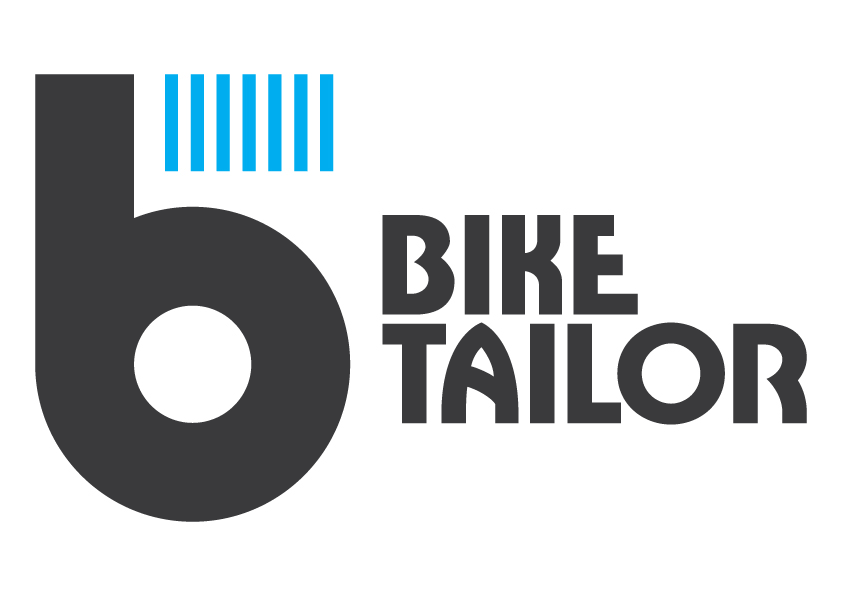Electronic vs. Mechanical Groupsets for Bicycles: Pros and Cons
- Shaun Krawitz
- Jun 1, 2023
- 4 min read
Updated: Jun 10, 2023

Are you in the market for a new bike or looking to upgrade your current one? One important decision you'll need to make is whether to go for an electronic groupset or mechanical groupset. Groupsets, which consist of the derailleurs, shifters, and other components that control the gears and brakes on a bicycle, come from various manufacturers, with Shimano, Campagnolo, and SRAM being some of the most popular ones. In this blog post, we'll delve into the pros and cons of electronic and mechanical groupsets, and also discuss some of the offerings from these major manufacturers.
Electronic Groupsets:
Pros:
Precise Shifting: Electronic groupsets, such as Shimano Di2, Campagnolo EPS, and SRAM eTap, use motors and sensors to provide incredibly precise and consistent shifting, resulting in smooth gear changes even under load. This can enhance your overall performance and efficiency while riding.
Customization: Many electronic groupsets allow for customization of shift settings, such as shift speed and multi-shift options, allowing you to fine-tune your shifting experience to your preference. For example, Shimano Di2 has customizable shift modes that can be programmed using their E-Tube software.
Low Maintenance: Electronic groupsets generally require less maintenance compared to mechanical groupsets, as there are no cables to stretch or adjust. This can save you time and effort in terms of upkeep, especially during long rides or adverse weather conditions.
Integration with Other Technologies: Electronic groupsets can often be integrated with other cycling technologies, such as cycling computers, power meters, and GPS devices, providing additional data and functionality for riders. For instance, SRAM eTap AXS groupsets can connect to SRAM's AXS app, allowing you to monitor and customize your shifting and gearing preferences.
Cons:
Cost: One of the biggest drawbacks of electronic groupsets is their higher cost compared to mechanical groupsets. The sophisticated technology and components used in electronic groupsets make them generally more expensive, both in terms of initial purchase cost and potential maintenance and repair costs.
Power Dependency: Electronic groupsets require a power source, usually a rechargeable battery, to operate. This means you need to remember to charge the battery regularly, and in some cases, carry a spare battery or charging equipment during longer rides. For example, Shimano Di2 and Campagnolo EPS require a battery that needs to be charged, whereas SRAM eTap uses replaceable coin cell batteries.
Complexity: Electronic groupsets are more complex than mechanical groupsets, with additional components such as motors, sensors, and wiring. This can make installation, setup, and troubleshooting more challenging, and may require specialized knowledge or tools. It's also worth noting that electronic groupsets may be more prone to damage from impact or exposure to the elements.
Durability: Electronic components can be more susceptible to damage from impact or exposure to the elements compared to mechanical components. This could potentially lead to higher repair or replacement costs, especially if you're an avid off-road or gravel rider.
Mechanical Groupsets:
Pros:
Affordability: Mechanical groupsets are generally more affordable compared to their electronic counterparts, making them a popular choice for budget-conscious riders or those looking for a more cost-effective option.
Simplicity: Mechanical groupsets are simpler in design and operation compared to electronic groupsets, with fewer components and wiring. This can assist these group sets to have better longevity.
Durability: Mechanical components are known for their durability and ability to withstand harsh riding conditions, such as off-road trails or adverse weather conditions.
Availability of Spare Parts: Mechanical groupsets from major manufacturers like Shimano, SRAM, and Campagnolo are widely used and have a large market share, which means that spare parts are readily available and can be easily replaced or upgraded as needed.
Cons:
Less Precision: Mechanical groupsets rely on cables and physical movements to shift gears, which may result in less precise shifting compared to electronic groupsets if not maintained properly. This can potentially lead to mis-shifts or require more frequent adjustments to maintain optimal performance.
Limited Customization: Mechanical groupsets may have limited customization options compared to electronic groupsets. For example, while some mechanical groupsets may offer adjustable reach or lever position, they may not have the same level of customization as electronic groupsets in terms of shift speed or multi-shift options.
More Maintenance: Mechanical groupsets may require more frequent maintenance compared to electronic groupsets, as cables can stretch or become misaligned over time, requiring adjustments or replacements. This can result in more time and effort spent on maintenance and may require more frequent visits to a bike shop for tune-ups.
Less Integration with Other Technologies: Mechanical groupsets may have limited integration options with other cycling technologies, such as cycling computers, power meters, or GPS devices, compared to electronic groupsets. For example, some electronic groupsets have wireless connectivity options, allowing for seamless integration with other devices for additional data and functionality.
Conclusion:
When choosing between electronic and mechanical groupsets for your bicycle, it's important to consider your budget, preferences, and riding style. Electronic groupsets offer precise shifting, customization options, and integration with other technologies, but come with a higher cost and may require more maintenance. On the other hand, mechanical groupsets are more affordable, simpler, and known for their durability, but may offer less precision, require regular cleaning, and lack app integration options. Electronic and mechanical groupsets are all viable options and more detailed discussions with your local bike shop is always the best place to help you decide which is best for you.





















